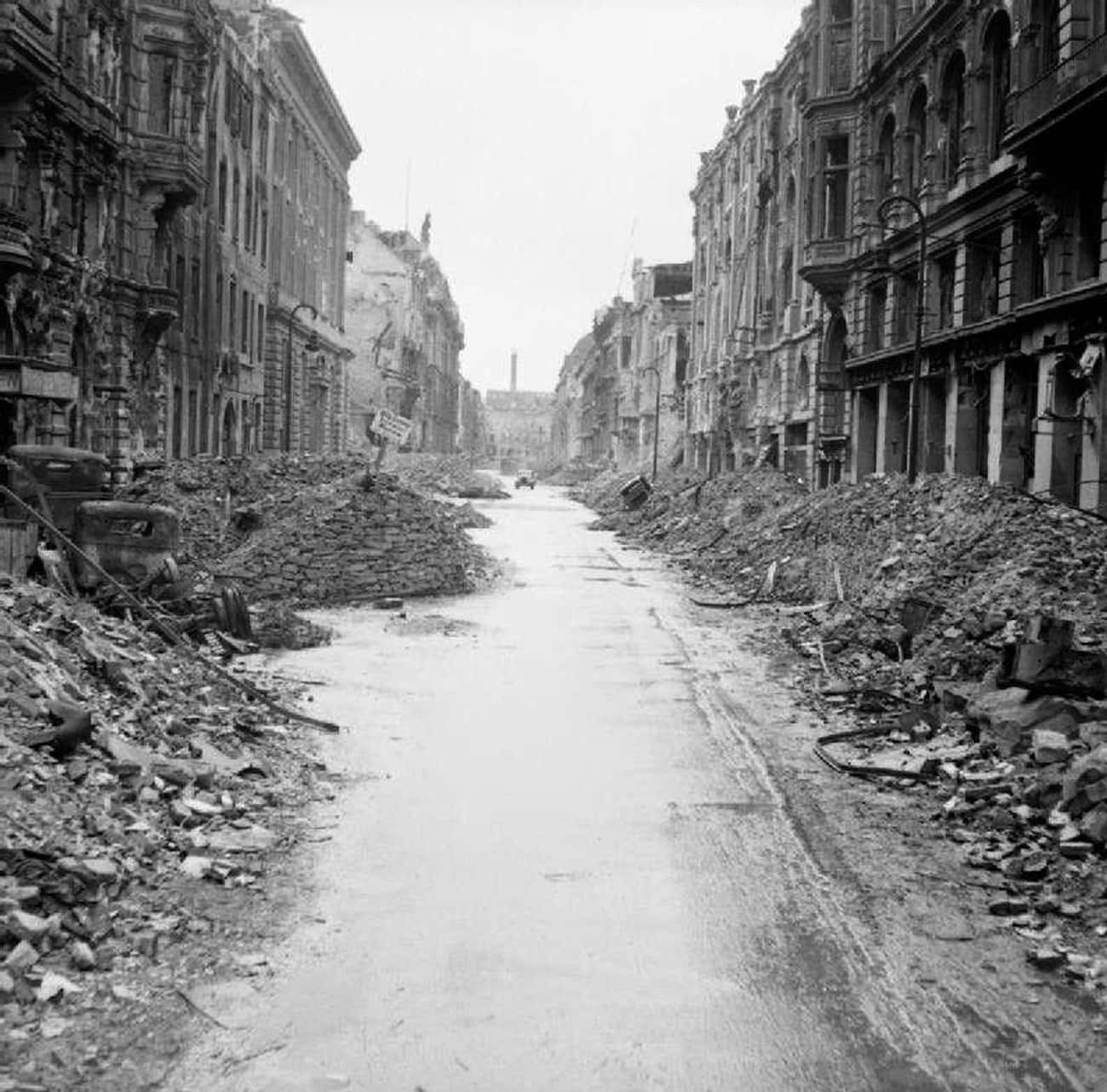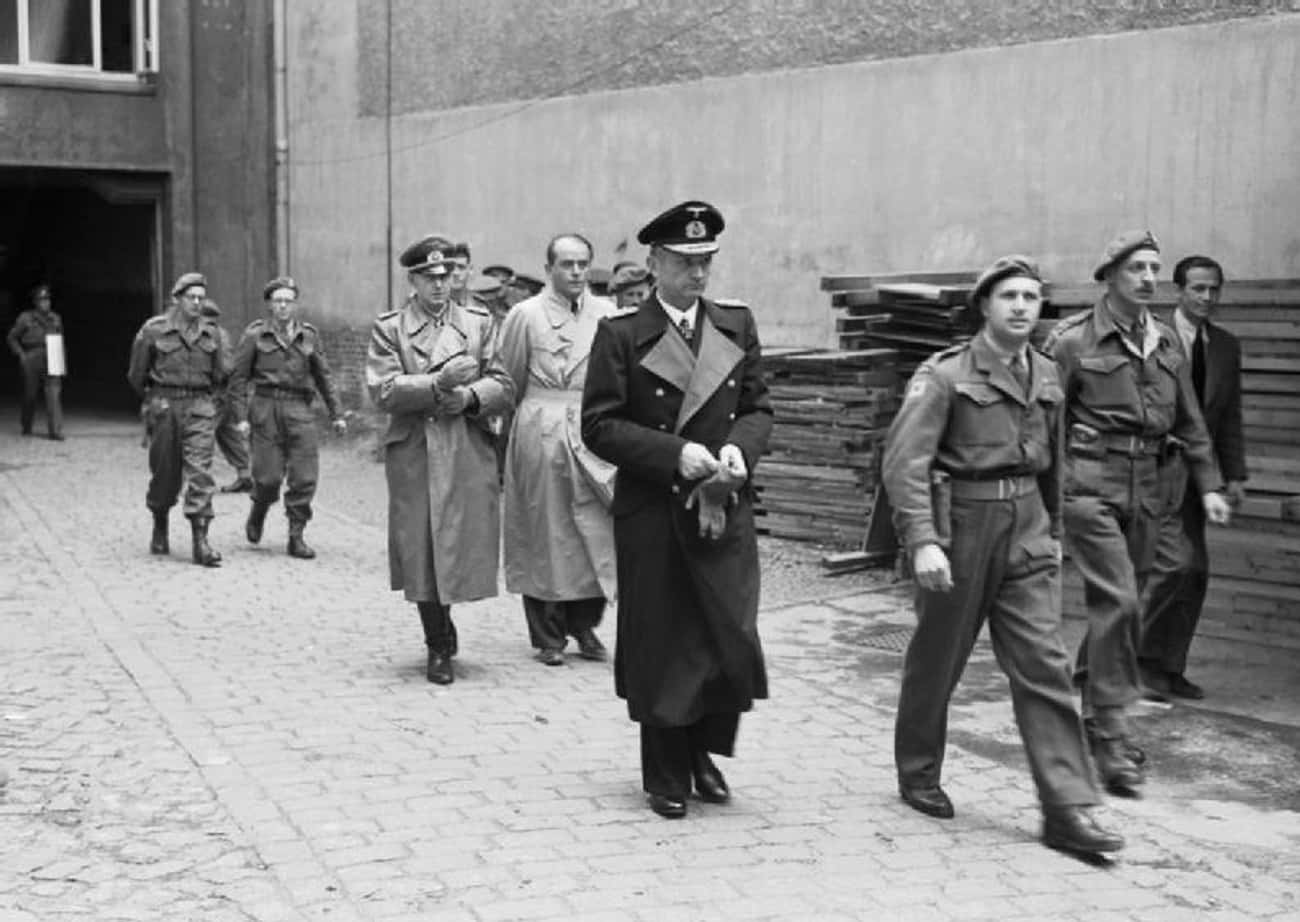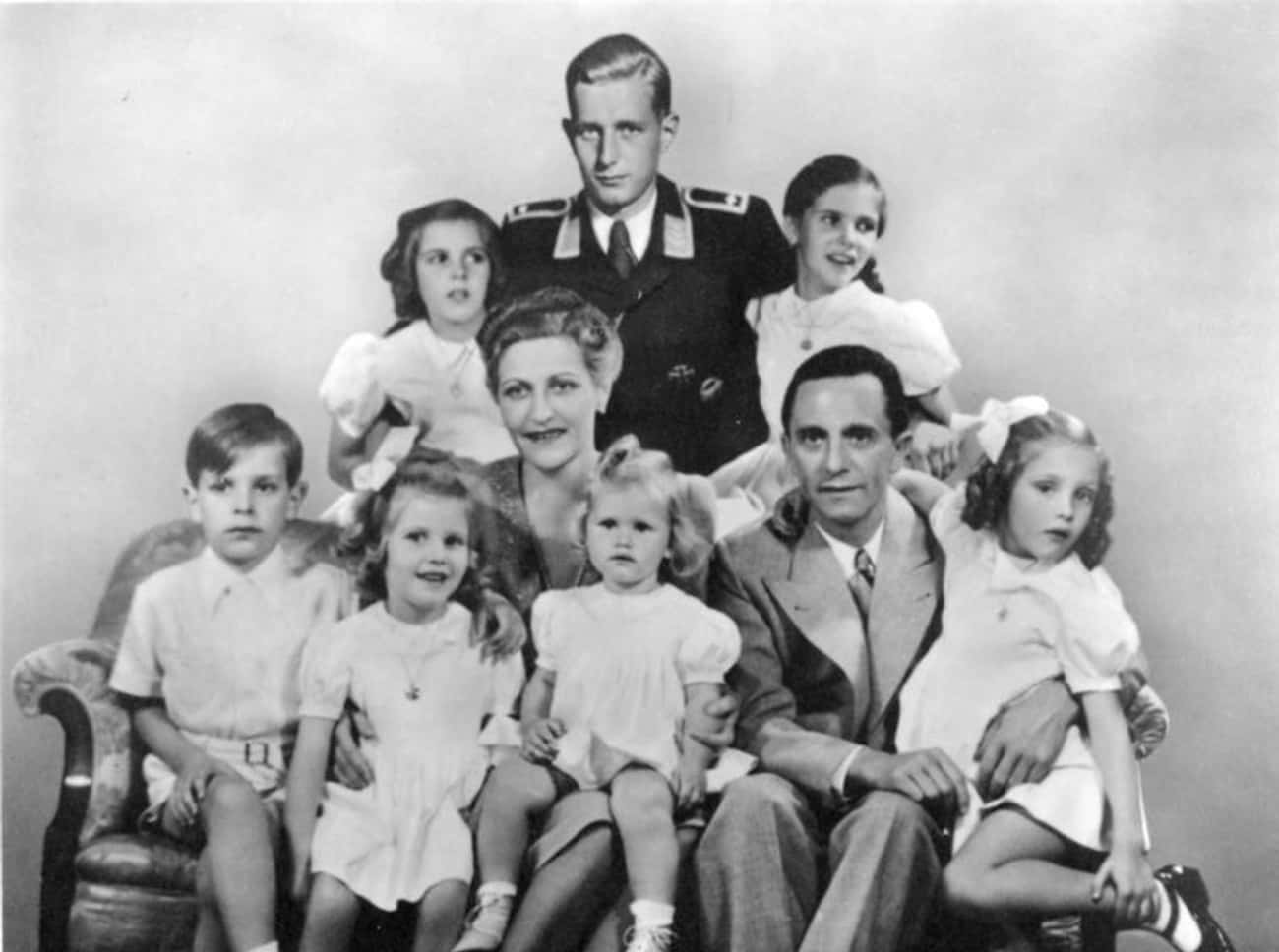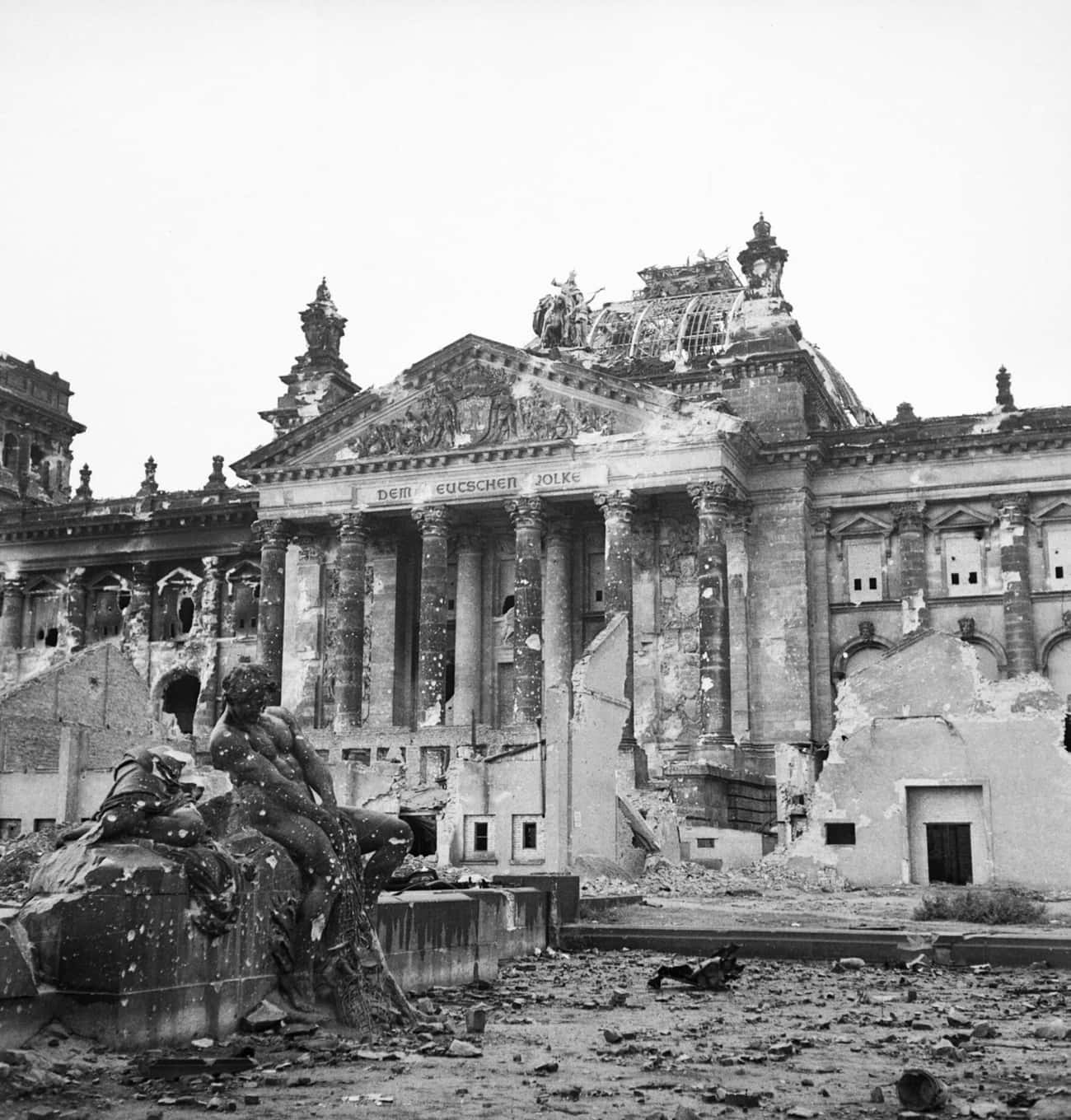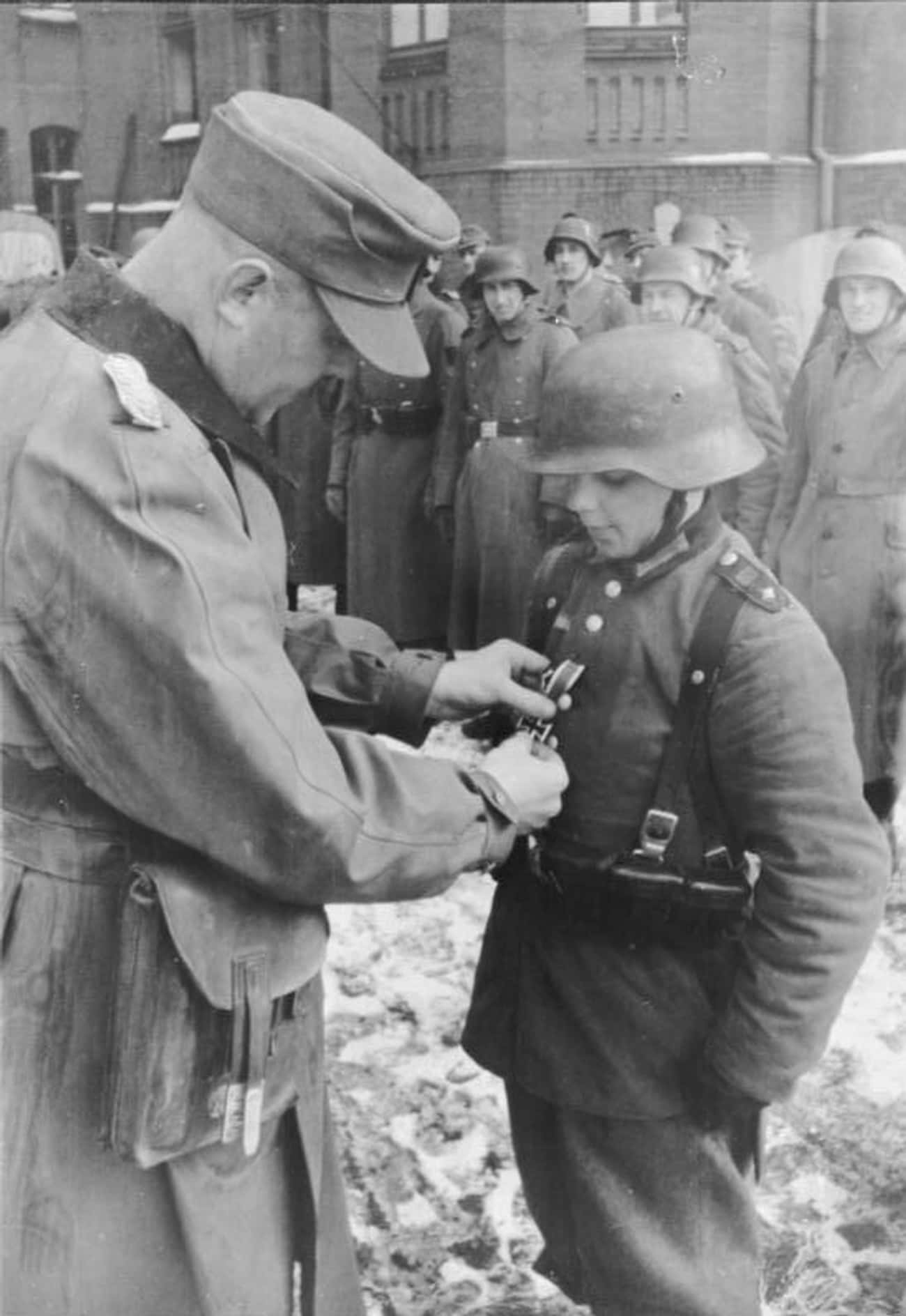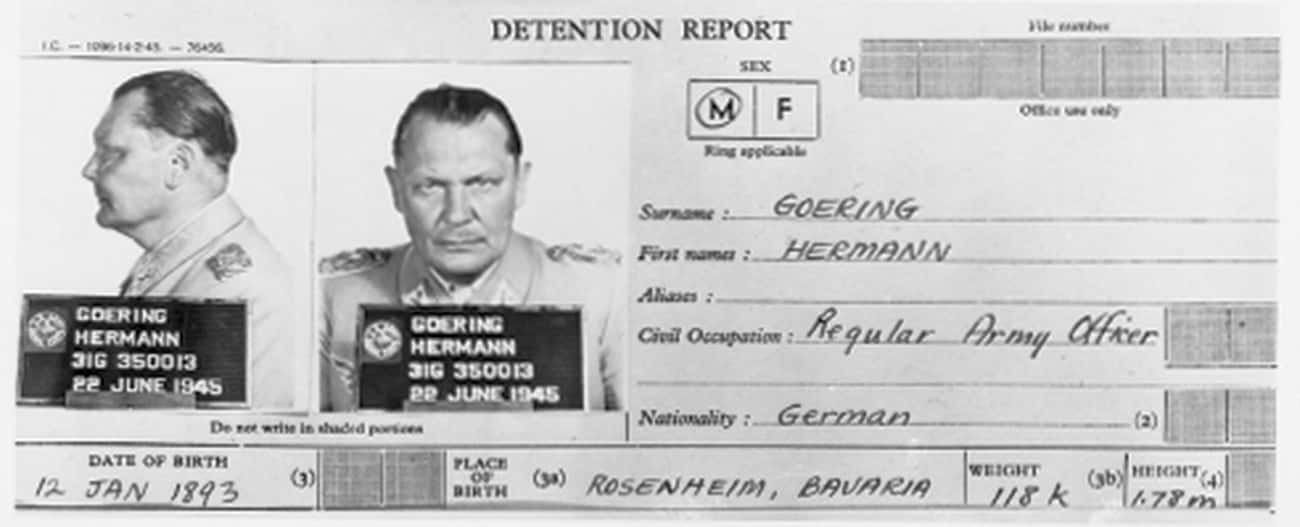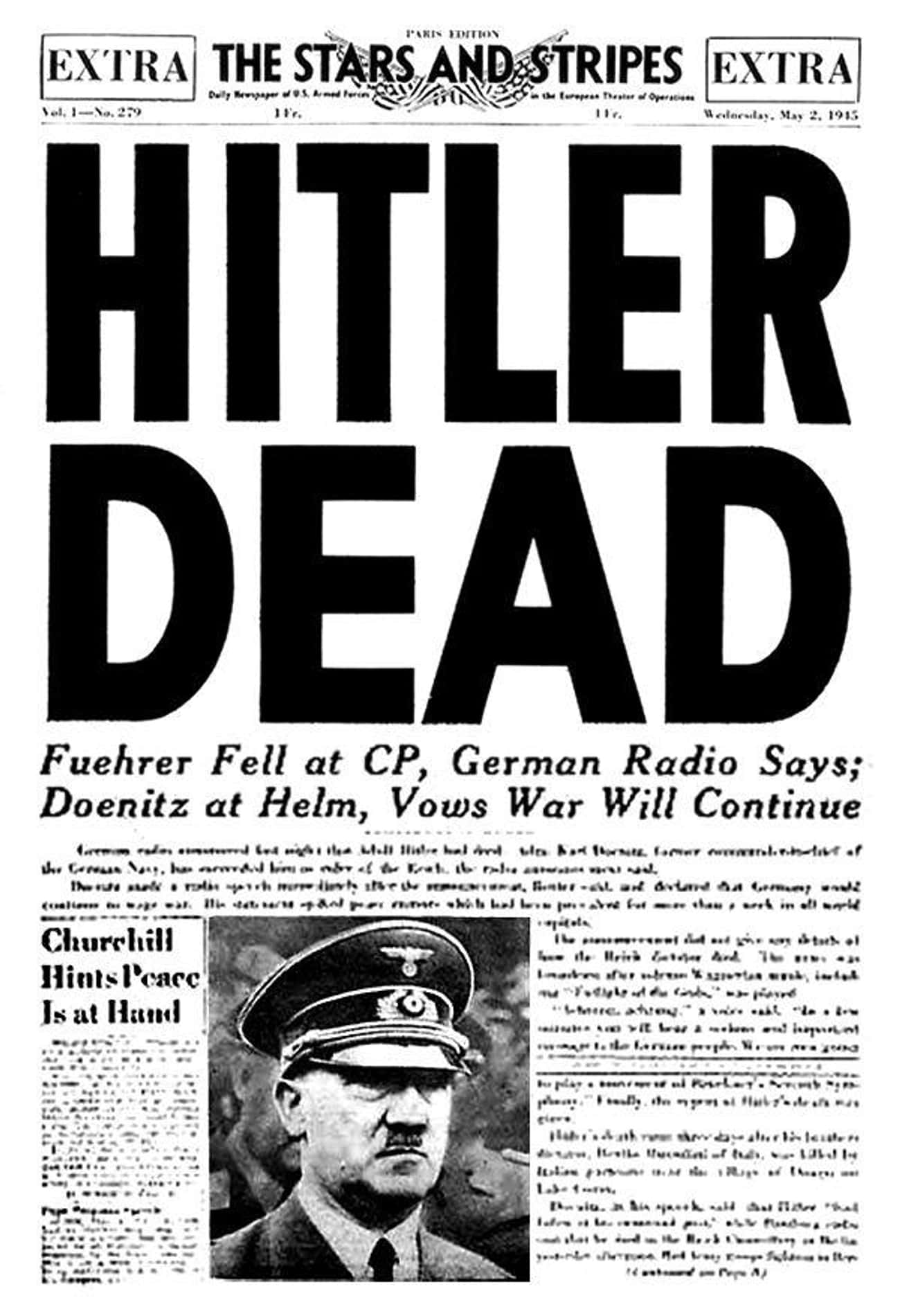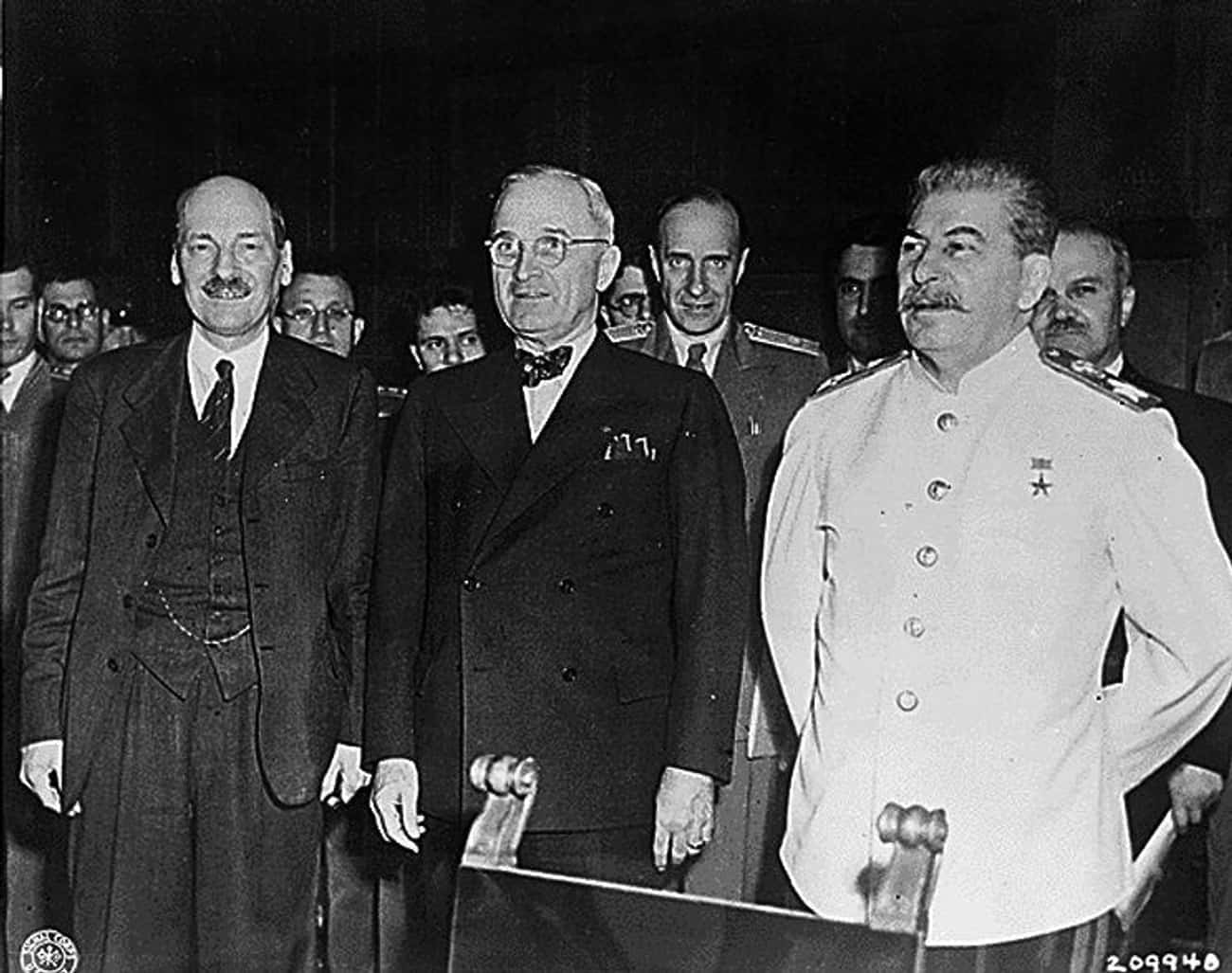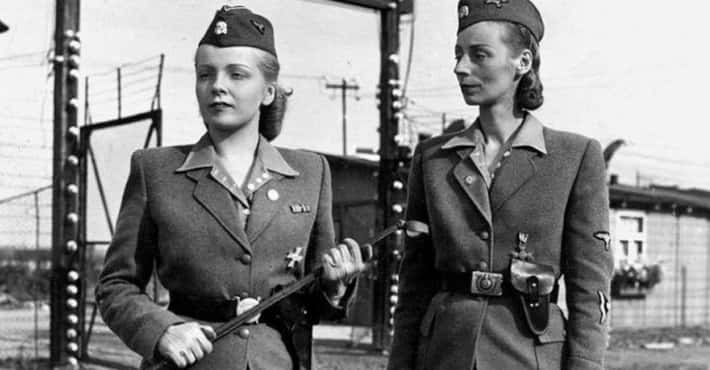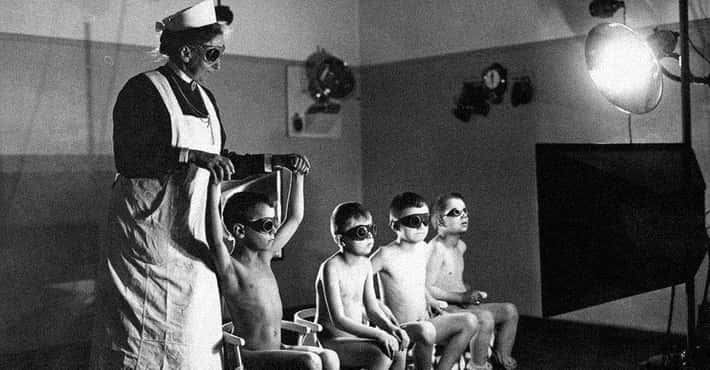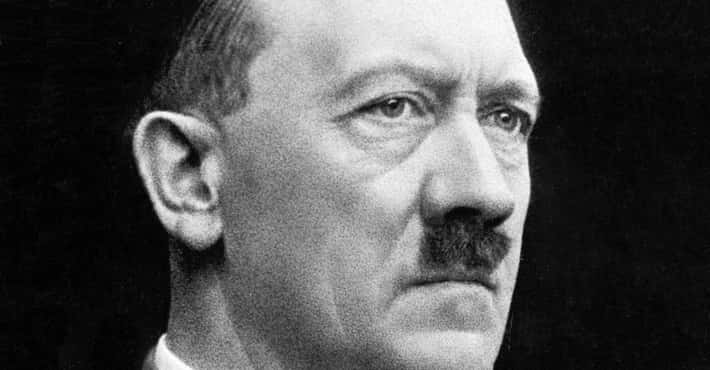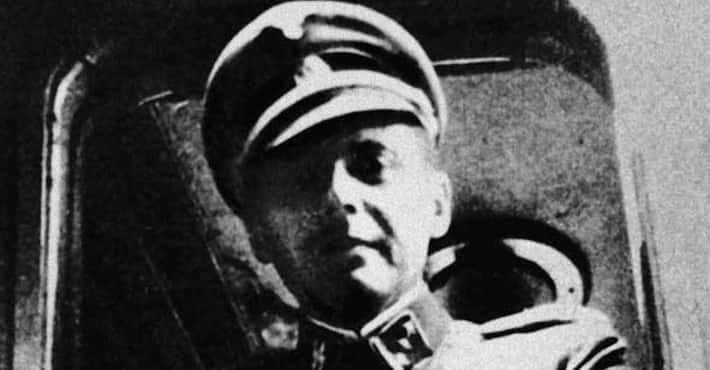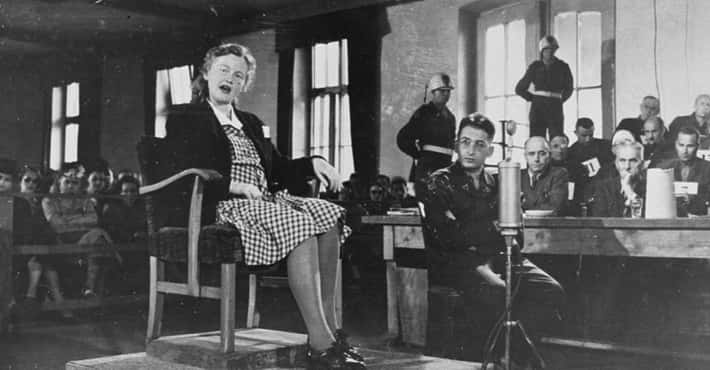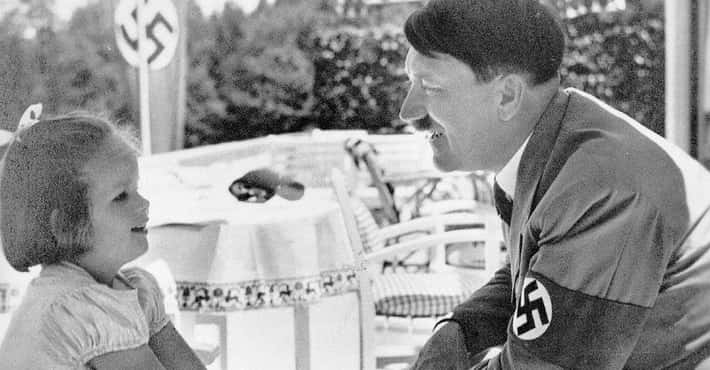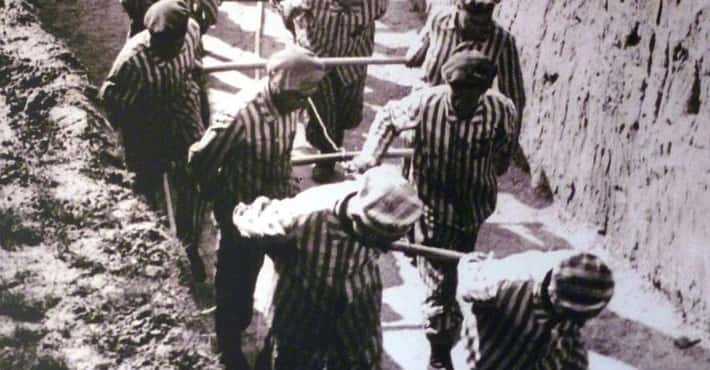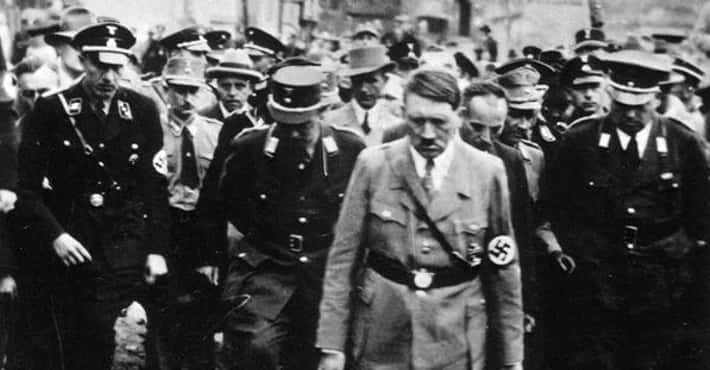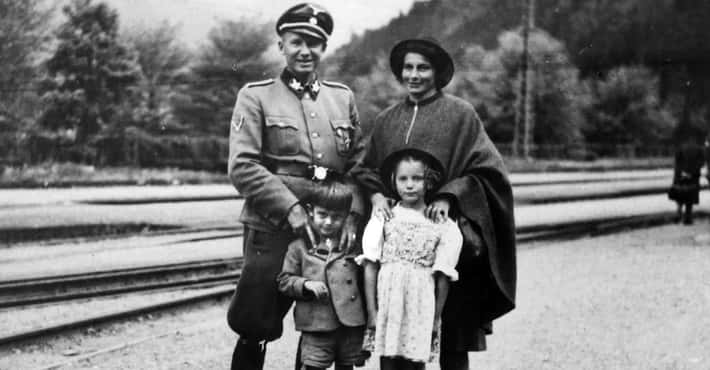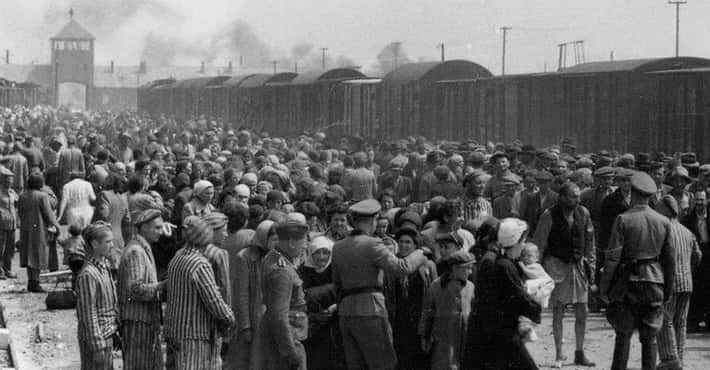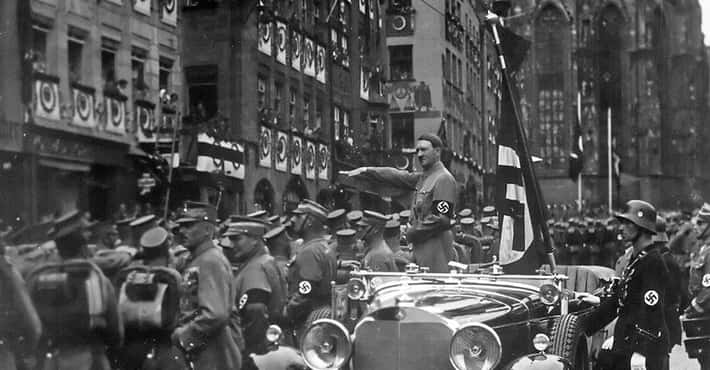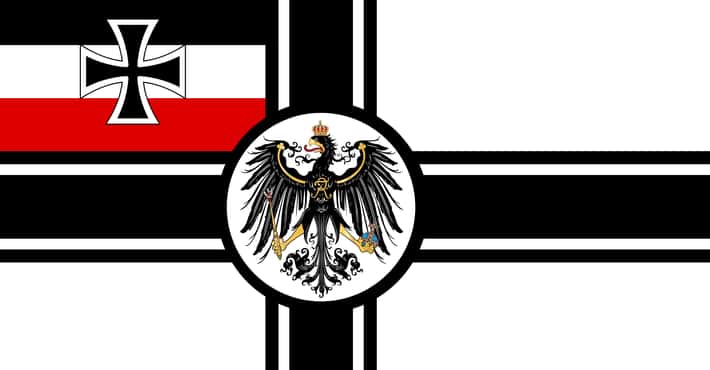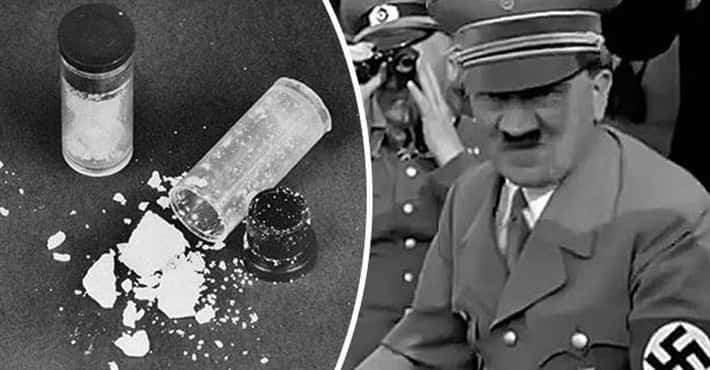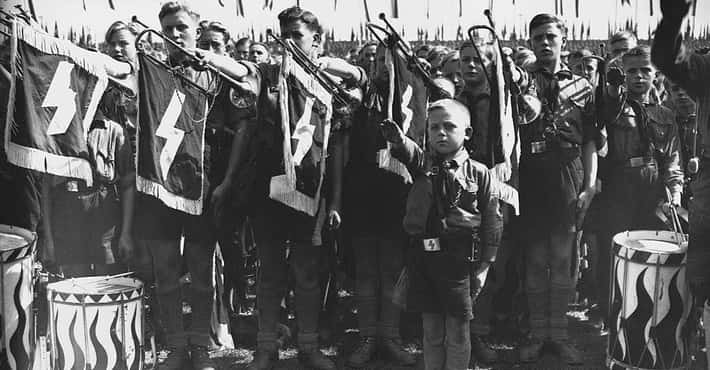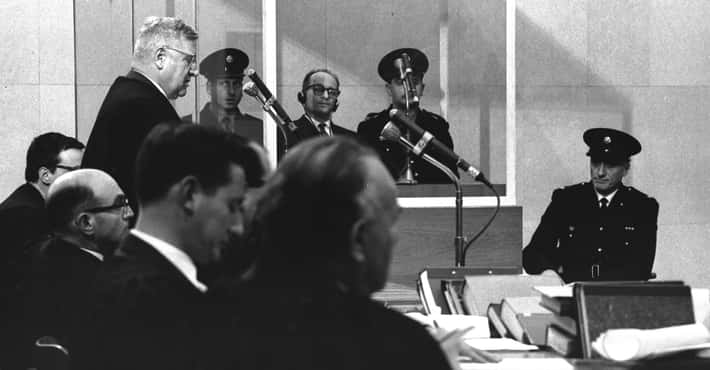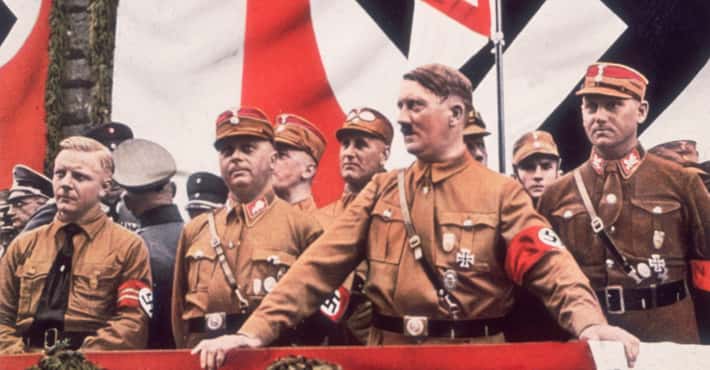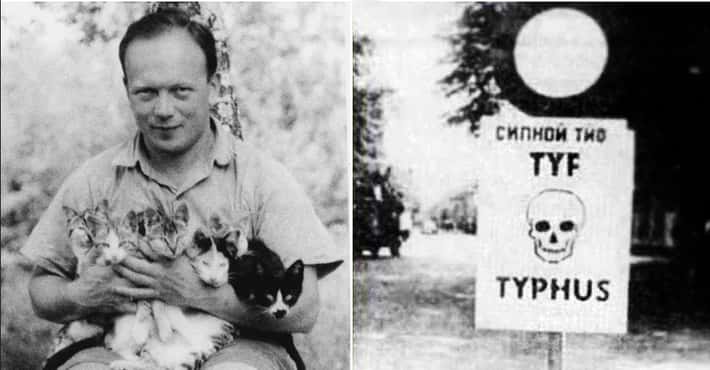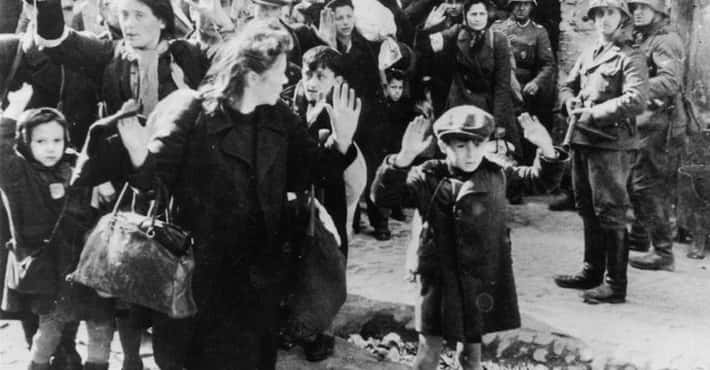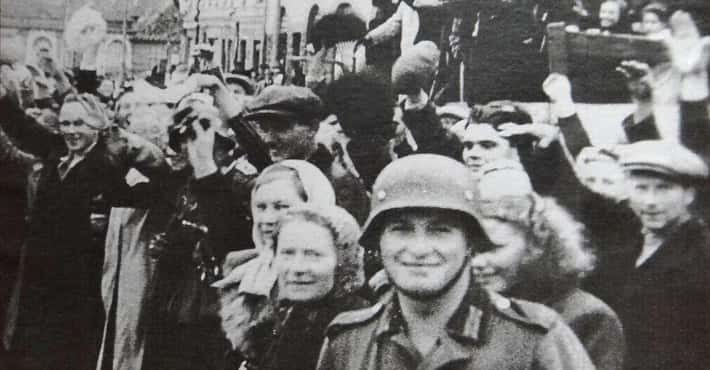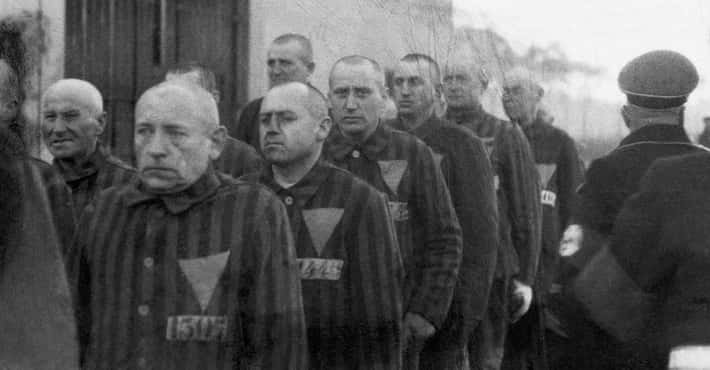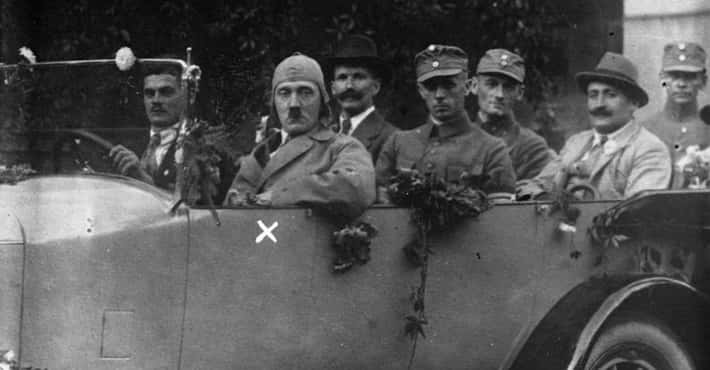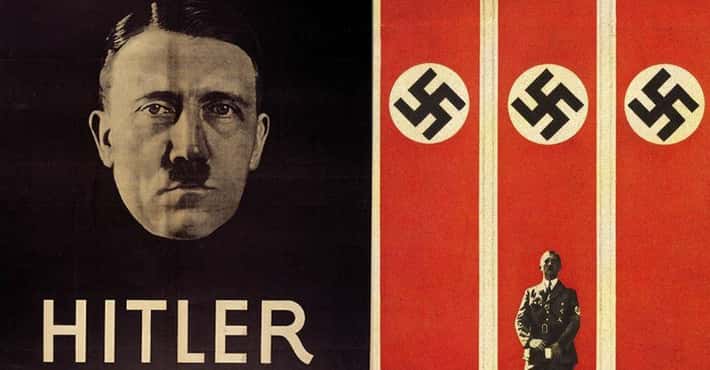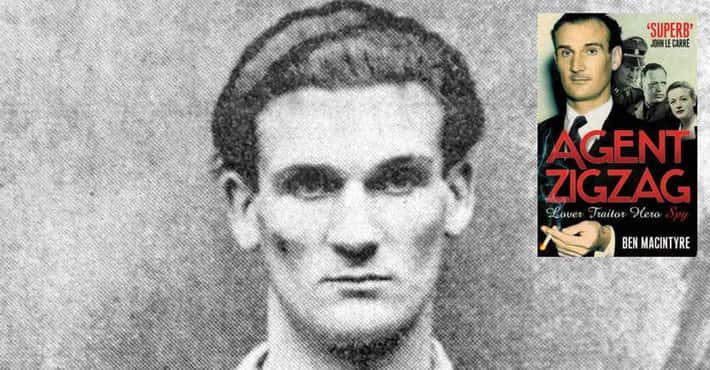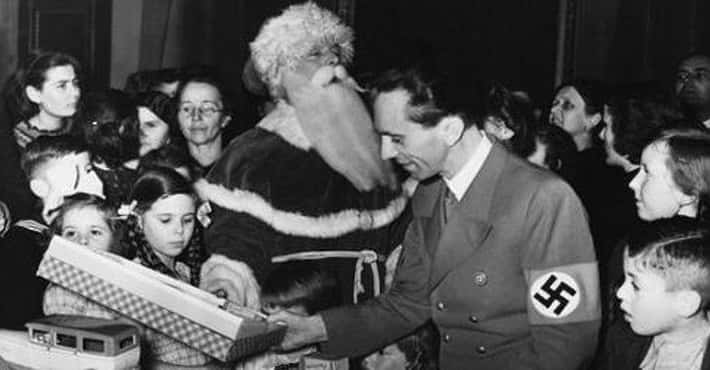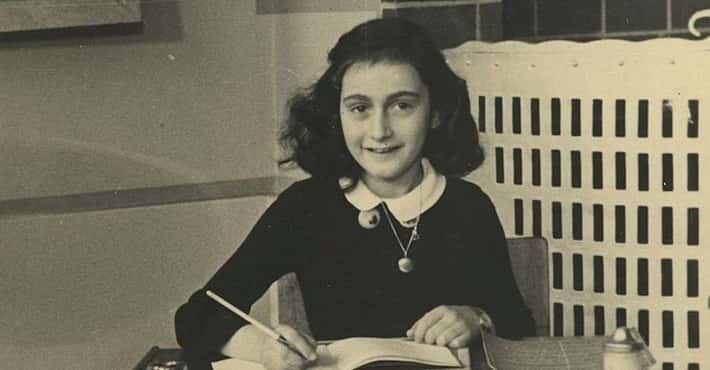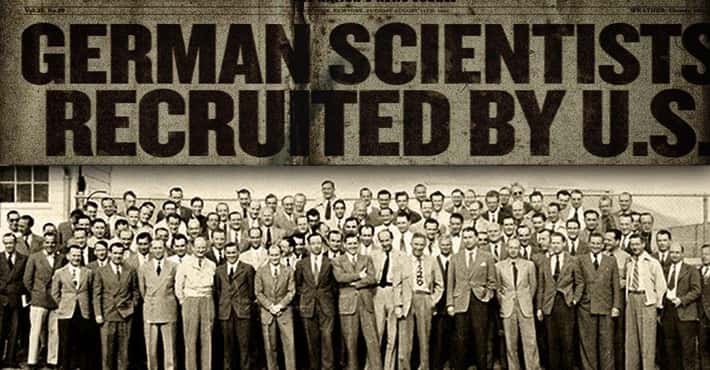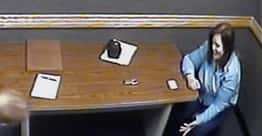12 Surprising Things That Happened Soon After Hitler Killed Himself
Hitler's Chauffeur And Adjutants Spent Hours Siphoning Gas And Burning His Corpse
Photo: Sgt. A. Wilkes, No. 5 Army Film & Photographic Unit / Wikimedia Commons / Public DomainWhen Adolf Hitler and Eva Braun killed themselves on the afternoon of April 30, 1945, a simple logistical detail became a source of panic among the group of officers who were charged with destroying his body. Hitler told aide Martin Bormann that he and Eva were to be cremated as quickly as possible so their bodies could never be displayed by the victorious allies. The immediate problem facing Hitler's inner circle was where to find gasoline to accomplish this task. The Russians were so close to the bunker that attempting to fetch the fuel elsewhere in Berlin was impossible.
The only option was to siphon gas from damaged vehicles in the bunker's underground garage which were covered in collapsed concrete and masonry. Approximately 200 liters were quickly extracted and placed near the entrance to the bunker. Hitler's chauffeur, Erich Kempka, and adjutants Otto Gunsche and Hans Linge placed Hitler's and Braun's bodies in the courtyard while Russian shells landed in the area, throwing up columns of dust and soil. The three poured gasoline over both bodies and ignited the pyre with a gasoline-doused rag, under the watchful eye of Bormann and Joseph Goebbels.
When the fuel was consumed, the bodies were still not completely destroyed, so the group repeated the process for the rest of the afternoon, finding and dumping hundreds more gallons of gasoline on the Führer and Eva. The charred remains of the bodies and those of Hitler's two dogs were then buried in a shallow trench beside the bunker.
Himmler And Göring Fled Before Hitler's Suicide, So An Apolitical Admiral Took Over
Photo: Capt. E. G. Malindine, No. 5 Army Film & Photographic Unit / Wikimedia Commons / Public DomainThe final days of the Third Reich set off various attempts by individuals to either improve their own political stature or desperately attempt to bargain with the Allies and avoid punishment after the war. When Hitler heard of the perceived treacheries of Hermann Göring and Heinrich Himmler, who both fled Berlin after Adolf's birthday party, he immediately rewrote his last political will and testament to reflect his contempt and anger over these developments.
Surprisingly, completely apolitical admiral and U-boat commander Karl Dönitz was named the new President of the Reich and Joseph Goebbels would become the new Chancellor. Martin Bormann was named executor of Hitler's estate. He expelled Göring and Himmler from the party and rescinded his order designating Göring his successor. At least for a few days, Karl Dönitz was head of the German government.
Joseph And Magda Goebbels Killed Themselves And Their Six Young Children
Photo: Bundesarchiv, Bild 146-1978-086-03 / Wikimedia Commons / CC BY-SA 3.0 DEWhen Hitler shot himself, Propaganda Minister Joseph Goebbels and his wife, Magda, had already determined they would not only kill themselves but also murder their six young children. Magda, especially, seemed determined to not want her children to survive, believing they would suffer a life of scorn and ridicule. She coerced an SS medical officer with a background in dentistry, Helmut Kunz, assigned to the Reich Chancellery, to assist with her scheme. Kunz initially refused and even fled the bunker to avoid the horrible task. Magda threatened to tell her husband of his desertion.
Kunz returned, and on the night of May 1, 1945, as the children prepared for bed as usual, Magda ordered Kunz to give them an injection of morphine to knock them out. While they were unconscious, someone forced each child to ingest a cyanide capsule, which killed them. It's believed the cyanide was administered by Magda and another doctor, Ludwig Stumpfegger, based on an account provided by Kunz (who has obvious reasons to lie about whether he killed children).
A few minutes later, at about 8:15 p.m., Joseph and Magda went into the garden of the Chancellery, accompanied by Goebbels' SS adjutant, Gunther Schwagerman. Magda took poison and was shot in the head by her husband. Goebbels shot himself in the head, and Schwagermann ordered another soldier to shoot Goebbels again to ensure he was dead. Magda and Joseph Goebbels were then partially burned; the absence of petrol left recognizable cadavers.
The Russians found the six Goebbels children. Stumpfegger died while trying to escape past the Russians in Berlin; Kunz survived and was ultimately tried and acquitted of colluding in the slaying of the Goebbels children, the court essentially ruling he was coerced by Magda and Joseph Goebbels.
Suspicious, Stalin Sent In A Team Of Investigators To Find Hitler's Body
Photo: Unknown / Wikimedia Commons / CC BY-SA 3.0 DE"So the bastard's dead? Too bad we didn't capture him alive!" was purportedly Stalin's reaction to hearing of Hitler's demise. Typically, he wanted absolute proof of his rival's demise - physical evidence. So, Stalin ordered elements of the elite Soviet investigation unit known as SMERSH to bring tangible verification of Hitler's passing.
On May 2, SMERSH operatives sealed off the chancellery garden and bunker area and began a systematic search of the grounds. After three days, a Russian officer dug up what appeared to be the bodies of two dogs, then the remains of Hitler and Eva Braun. Too badly burned to be visually identified, the bodies were moved to a secret location, where Hitler's jaw was removed, its distinctive major dental work a possible means of identification.
Jaw in hand, the SMERSH unit tracked down Hitler's dentist's office only to find the dentist himself had fled successfully to the west. They detained the dentist's assistant, Käthe Hauserman, who described Hitler's teeth, distinctively bad from the Führer's love of cake and sweets, and produced the Führer's dental x-rays. Her punishment for providing dental work for the Nazi regime was 10 years in Soviet labor camps.
Although Stalin knew the truth and accepted Hitler's end, he never announced it publicly, preferring instead to promote various rumors about Hitler's escape to Argentina, Spain, or elsewhere in the world. Some believe he used this strategy to support his own political agenda of maintaining tension amongst other world powers.
The German Announcement Of Hitler's Death Was A Propaganda Production
Photo: Sgt. Hewitt, No. 5 Army Film & Photographic Unit / Wikimedia Commons / Public DomainWhat was left of the German government took a day to officially announce the death of Hitler publicly. Broadcasting on the Reichssender Hamburg, the last shortwave radio station in German-controlled territory in Hamburg, the announcement was preceded by the somber music of Wagner and Bruckner.
The new leader of the government, Admiral Karl Dönitz, was introduced with these words:
From the Führer's headquarters it is announced that our Führer, Adolf Hitler, this afternoon at his command post in the Reich Chancellery, fighting till his last breath against Bolshevism, fell for Germany. On April 30, the Führer appointed Admiral of the Fleet Dönitz his successor. The Admiral and successor of the Führer will now speak to the German people.
Dönitz then presented a lengthy oration praising Hitler's heroic demise, without mention of suicide, and imploring the German people to fight against "annihilation by the advancing Bolshevist enemy." The decision to postpone inevitable surrender prolonged the fighting until May 8, a week later.
A Wave Of Suicides Swept Germany As The Russians Moved In
Many German Nazis followed Hitler's and Goebbels' lead, taking their lives. The Mayor of Leipzig, his wife, and many other city officials held a party in the town hall, then killed themselves by taking poison. In Demmin, 1,000 civilians took their lives in less than 72 hours leading up to the capture of the town by Russian invaders, specifically to avoid falling into Soviet hands.
Ernst-Robert Grawitz, a Nazi doctor involved in concentration camp experimentation, sat down with his wife at the dinner table and detonated two grenades, killing his entire family. Across Germany, many thousands of people, either ardent Nazis who couldn't bear the idea of defeat or individuals culpable of horrific crimes, chose suicide rather than capture or escape.
German General Walther Wenck Fought A Fruitless Battle So Civilians Could Escape Berlin
Photo: Unknown / Wikimedia Commons / CC BY-SA 3.0 DEWithin Berlin, many units continued to fight after Hitler's suicide. These troops were mostly teenage boys and older men, impressed into the militia and charged with stopping the Russian capture of the capital. Desertion from these units was punishable by death; the streets of Germany in 1945 featured many individuals strung up by roving bands of SS hangmen.
Even after the Russians encircled the city, German forces of the Twelfth Army, under Walther Wenck, were ordered to stop fighting Americans on the Western Front and return to Berlin by fighting through enemy lines. This was done to allow as many civilians and soldiers as possible to make their way to western lines controlled by the US and Britain. No one wanted to be in territory controlled by the Russians. Although Wenck failed to infiltrate Russian lines, his actions are believed to have allowed for the westward escape of tens of thousands to hundreds of thousands of German civilians.
Himmler Was Caught Trying To Blend In With Fleeing Civilians
Heinrich Himmler secretly began negotiations in late 1944 in an attempt to escape responsibility for his horrible acts. Although Hitler wished to fight to the end, Himmler acknowledged to his contact within the Swedish government, Count Folke Bernadotte, that the war was lost and he wished to minimize further death and destruction, secretly hoping Bernadotte could be his conduit for a successful negotiation with the West.
Thousands of concentration camp prisoners were saved, but for Himmler, it did no good. Surrender feelers conveyed by the Swedish government were secretly forwarded to the Allies, who gave a single unyielding response: unconditional surrender. Even worse for Himmler, in the last week of Hitler's life, Western radio was reporting news of his secret negotiations.
Hitler predictably grew enraged. He removed Himmler from all government posts, expelled him from the party, and ordered his arrest. He also ordered Himmler's liaison officer, Hermann Fegelein, to be shot for desertion despite Fegelein's marriage to Eva Braun's sister. By then, Himmler had implemented his final desperate plan, attempting to blend into the masses of unidentified German soldiers fleeing to the West. He shaved off his mustache, put on an eye patch, removed his glasses, and headed for the British zone in Northern Germany.
Detained at a roadblock, Himmler was interrogated and admitted his identity. When he was searched, a doctor detected a capsule of some kind in Himmler's mouth. The former Reichsfuhrer bit down on it, releasing cyanide. He died within minutes and was buried in a secret location near Luneburg.
Göring Fled And Surrendered To The US As The SS Was Closing In
Photo: US government / Wikimedia Commons / Public DomainIn late April, when Hermann Göring heard reports that Hitler proclaimed he would not leave Berlin to continue fighting in the Obersalzberg and would instead kill himself, he sent a telegram to the Führer, inquiring whether or not this now meant Göring should officially assume leadership of the government, as per a 1941 decree. Already enraged by the treachery of Himmler and goaded by Göring's arch enemy Martin Bormann, Hitler also demanded Göring resign all party posts or face arrest and execution.
Göring complied, but Hitler ordered his arrest anyway. Göring was briefly detained, but after hurriedly contacting Allied forces in the region, he offered to surrender. With a cease-fire on May 7, an American platoon got word of Göring's interest in surrender and located him before any SS retribution.
Göring officially capitulated and was placed on trial at Nuremberg, where he was convicted of war crimes and managed to take his life moments before his scheduled execution.
At Least One British Paper Refused To Print An Obituary
Photo: US Army / Wikimedia Commons / Public DomainDespite Stalin's obstinacy, news of Hitler's death was unofficially received around the world. The BBC broadcast news of the Dönitz announcement but also cautioned that Hitler might still be trying to escape. The front page of the Daily Express newspaper printed the headline "Hitler is Dead" but pointedly refused to publish an obituary, saying instead: "It prints today every line of information about the manner of his death. It wastes no inch of space upon his career. The evil of his deeds is all too well known."
Despite the confusion, it was generally accepted by the public that Hitler was dead.
The Initial Official American Response Was Cautious
Photo: US Government / Wikimedia Commons / Public DomainIt wasn't until May 2, 1945, that President Harry Truman raised the topic of Hitler's death. In only his fifth news conference as president, Truman addressed the matter in a less-than-official manner. I
n a blog published by the Truman Library, the exchange was described thus:
'Mr. President,' the reporter began, 'would you care to comment on the death of Adolf Hitler reported, or Mussolini?'
Truman's response indicated the looming problem of how to serve justice to Axis leaders who had wrought such havoc on Europe.
'Well, of course, the two principal war criminals will not have to come to trial,' Truman said, 'and I am very happy they are out of the way.'
'Well, does that mean, sir, that we know officially that Hitler is dead,' the reporter pressed.
'Yes,' Truman succinctly responded.
The transcript of the press conference reveals that when the reporter pressed Truman for official confirmation of the details of Hitler's death, Truman treaded cautiously.
"Q. Do we know how he died, Mr. President?
A. No, we do not.
Q. Mr. President, I didn't quite get that. Is it official? This is confirmation that Hitler is dead?
A. We have the best - on the best authority possible to obtain at this time that Hitler is dead. But how he died we are not - we are not familiar with the details as yet.
Q. Could you name the authority, Mr. President?
A. I would rather not.
Q. Mr. President, do you mean that the - you are convinced that authority you give is the best possible, but it is - but that it is true?
A, Yes.
Because the Russians were interested in exploiting confusion over Hitler's status to their advantage, Stalin even denied to Truman personally that Hitler was dead when he met Allied leaders at the Potsdam conference in July 1945.
'Time' Magazine Began A Tradition
On May 7, 1945, Time magazine released a stark cover consisting of Hitler's face with a giant red "X" over it. The magazine did this on four subsequent occasions involving the deaths of reviled individuals or regimes. After the atomic bombs were dropped, a cover with a black "X" over a rising sun appeared.
Following the American invasion of Iraq, in 2003, Saddam Hussein got the same treatment when Baghdad was occupied, seven months before his capture. The death of Abu Musab al-Zarqawi received the red "X" treatment in 2006, as did the death of Osama Bin-Laden in May 2011.


